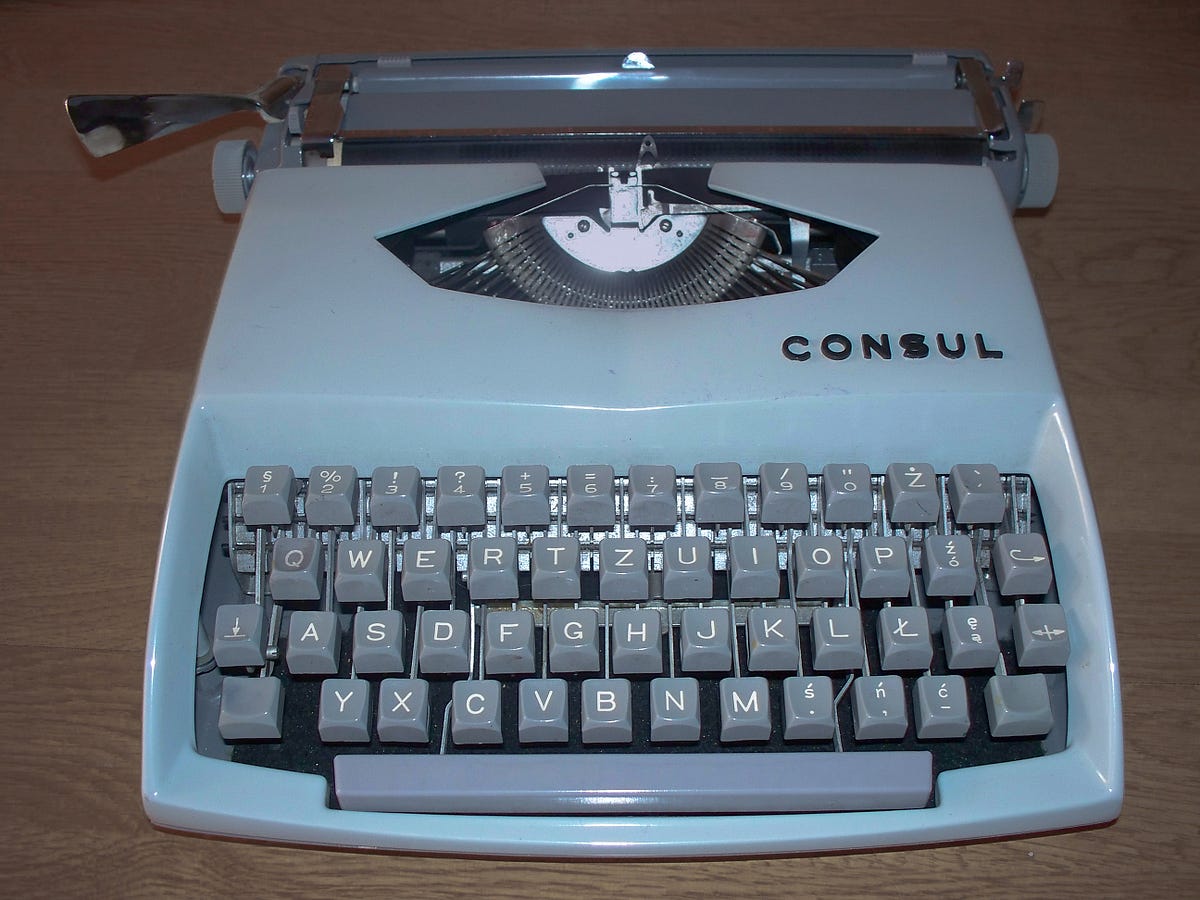The curious case of the disappearing Polish S - Medium Engineering
Companies, agencies, institutions, etc
min
Caps Lock
Ctrl
HTML
Command
metaKey
Windows
Microsoft
Alt
Ctrl+S
Macs
People
Ś.
problems?Turns
X
Marcin Kazimierz Wichary
Macintoshes
Ctrl+Alt+S
Michal Cierniak
Sommer Panage
Jamie Talbot
Dan Pupius
Kyle Hardgrave
Groups
Polish
Slavic
Russian
Ukrainian
Western European
German
Latin
American
Typists
Physical locations
West
the Left Alt
Medium’s
Places
the Right Alt
Locations
Poland
France
Germany
Romania
Czechoslovakia
Medium.”Something
Events
No matching tags

Summary
Foreign computers arrived with original instructions, untranslated software, and American keyboards like this one:While France, Germany, and other countries got their early PCs with customized keyboards whose layouts mirrored closely the typewriters that came before……in Poland, we had to find another way of inputting the extra 9 diacritics unique to our language.Our extra characters might look very much like Latin equivalents, and amount to only about 8% of letter distribution (you will hate them playing Scrabble), but they are important. And thus, a de facto standard was born, assigning each of our diacritics to its Latin counterpart:People started calling the older layout typist’s keyboard layout, and the new invention programmer’s layout, either because early PC users were mostly programmers, or because it preserved all the punctuation symbols that were often used in programming.The new layout was an ergonomic nightmare — look at how many of those letters are very close to the Left Alt and need to be pressed using the same hand — but it was easy to understand and did not require any expensive hardware modifications or even cheap ones (for example stickers). If you write in any Web-based editor, the default thing that happens after pressing the save key combination, is a browser window — giving you a completely useless option to save the current website’s HTML code, often announcing itself via a slow, annoying animation.The same was true for Medium, a long time ago:However, at some point we added a little bit of code to our editor to make the save dialog go away:It translates to: if S happens to be pressed with Command (metaKey, used by Macintoshes) or Ctrl (used by Windows or Linux PCs), first: prompt our editor to save what it’s doing (even though we’d autosave it soon anyway), and second: prevent anything else that would normally happen… in this case the annoying browser save dialog.Which is the right thing to do. That would solve all the problems (although the short-lived victory of better ergonomics through two modifier keys would be nullified again… this time one-handed Right Alt+O, Right Alt+L, and Right Alt+N being RSI fodder).For reasons having to do with the older keyboards without the Right Alt (and more modern notebook keyboards that might skip that key for space reasons), Right Alt in Windows was internally mapped as a rarely-used combination of Ctrl and Alt pressed together.Which meant that, from the system perspective, all of the above shortcuts looked like this:And there’s something oddly uncomfortable with this picture. After seeing the Medium bug reports filed in, and having remembered once asking to change what happens when you press Ctrl+S, I figured it out without much trouble.But I happen to be Polish, and I went through all of the above — learning to touch type on my mom’s typewriter, owning early PCs with American keyboards, rewiring my muscle memory for the Left Alt first, and the Right Alt second… and in the same muscle memory, putting Ctrl+S early on, and then replacing it with Command+S as I switched to Macs.Much has changed in Poland since the 1980s.
As said here by Marcin Wichary